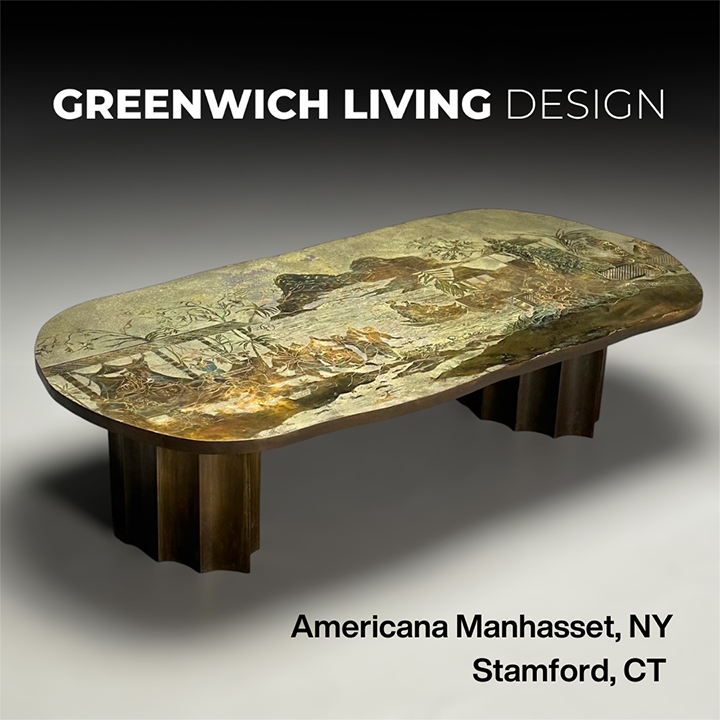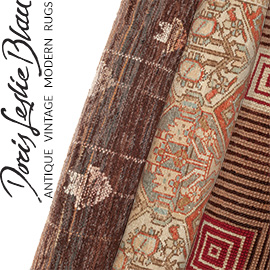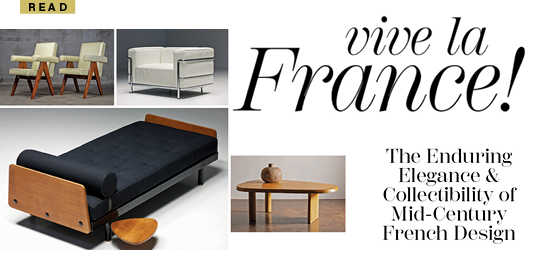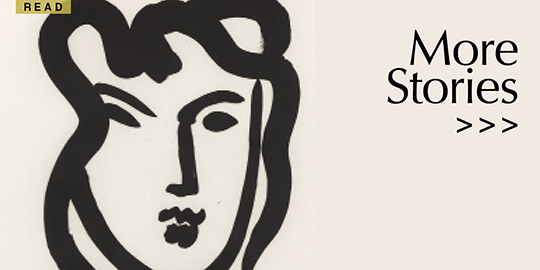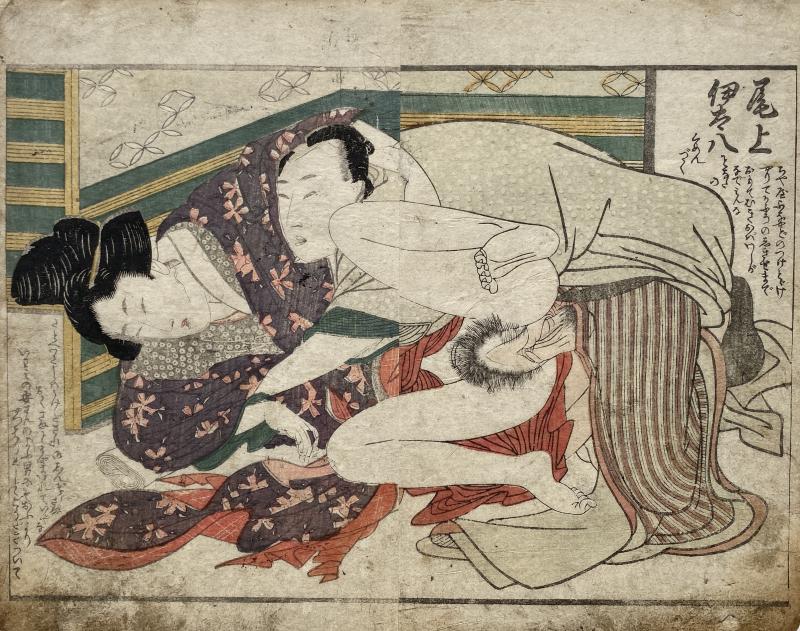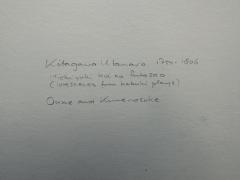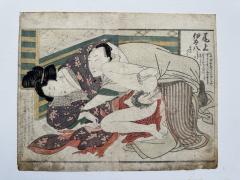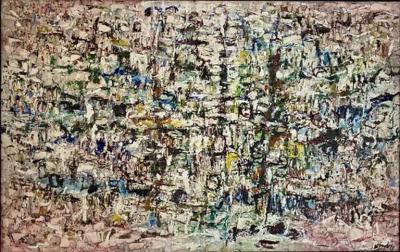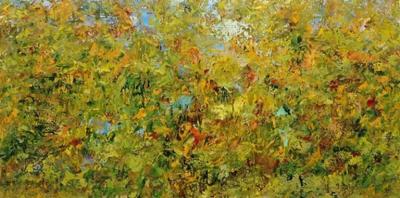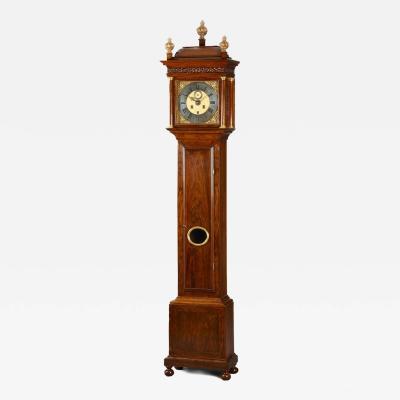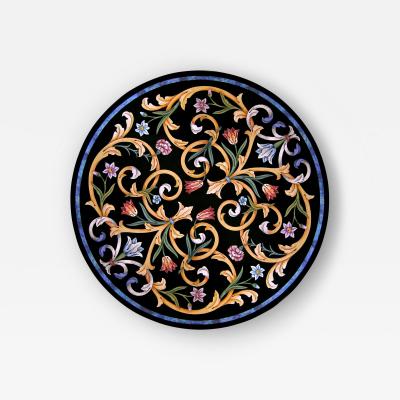Japanese woodblock print published in Tokyo1822-1823 during the Edo period (1614-1868)
Provenance
Private collection, Netherlands
Shunga
Japanese shunga woodblock prints are erotic prints. This fine art was created in Japan between the 16th and 19th centuries. The prints were popular with both men and women of all classes. Depicting the celebration of love and sexuality between men and women usually involved two or more people.
Technique
The prints are made using woodblocks that have a pattern engraved into the wood. The image was printed on paper after which colors were added. The artist tells a story using symbols or metaphors to reinforce the feeling.
Spring
Shunga woodblock prints are artistic, colorful, sophisticated and humorous.
The images on the prints are a valuable source of information about Japanese culture and how people thought about sexuality at that time. The prints are also a nice way to see how artists of the time could express their feelings and desires through art. The name Shunga literally means spring.
Ukiyo-e is a form of woodcut from Japan, which became popular in Europe since the mid-18th century and had a major influence on the European art world of the fin de siècle.
UTAMARO KITAGAWA (1753 - Edo/Tokyo - 1806)
A leading artist of engraving and painting, his favorite subject being bijin, beautiful women.
His original name was Ichitaro Kitagawa. He changed his name in 1781.
The first works he made after his studies with a well-known artist, consist of a series of woodblock prints with scenes from the Kabuki Theater, which he published under the name Utagawa Toyoaki.
Ideal
His later work shows how he increasingly idealized the image of women.
He experimented with new techniques to represent the colors of the female body in a special way. The result is a somewhat unnatural rendering. Physically, he portrayed the women as extremely tall and slender figures with heads that are totally out of proportion, straight noses and small mouths, long necks and narrow shoulders. The women look more like contemporary models.
Shunga
Due to his success, the artist regularly visited brothels, where he found inspiration for the images on the shunga prints. At these locations he also met fellow artists. The quality of the work was partly fueled by the competitive tension between the shunga artists.
Museums and exhibitions
Uramaro Kitagawa's work can be seen a.o. in:
* Metropolitan Museum of Art in New York
* British Museum in London
* Sieboldhuis, Leiden, The Netherlands




